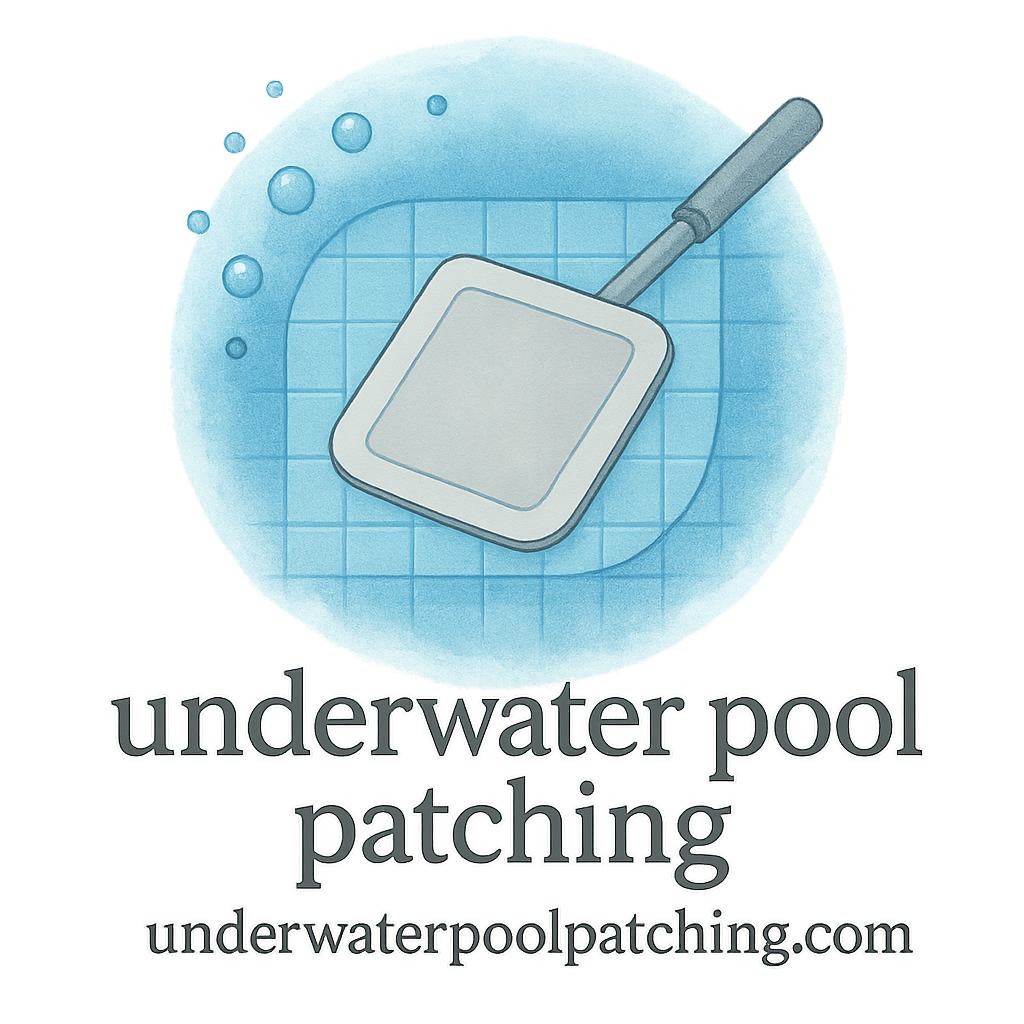Introduction
Ever noticed something just… off with your pool patch lately? Maybe it’s a slight discoloration or a tiny bubble that wasn’t there before. Believe it or not, these subtle clues can signal something bigger brewing underneath. If you’re not paying attention, that minor patch issue could lead to a full-blown leak—costing you time, money, and a whole lot of hassle.
In this post, we’ll dive into the 6 early-warning signs of patch failure and how to catch them before it’s too late. Trust us—your future self (and your wallet) will thank you.
Why Timely Patch Monitoring Matters
The Cost of Ignoring Patch Failures
A failed pool patch doesn’t just mean some annoying water loss—it could mean extensive damage to your pool’s structure, increased utility bills, and a whole cascade of repairs. Not to mention the downtime where your pool becomes unusable.
That’s why understanding the signs early can literally save you hundreds—if not thousands—of dollars. Check out our full guide on cost and budgeting for pool repair to see how bad it can get if ignored.
How Often Do Patches Fail?
On average, poorly applied patches or those using the wrong materials can start to deteriorate within 6 months. Even high-quality underwater patches have a lifespan, especially in high-traffic pools or under extreme weather.
Make sure you’re selecting the right materials from our patch types & materials hub.
1. Discoloration Around the Patch Area
What It Means
If the patch area starts looking darker, yellowed, or greenish, it might be breaking down chemically or hosting microbial growth like algae.
Discoloration can indicate:
- Chemical imbalance
- UV degradation
- Algae formation
- Patch lifting at the edges
Related Maintenance Tips
Regularly brushing the patched area and maintaining chlorine levels helps prevent this. For ongoing care, check our tips on maintenance & prevention.
2. Bubbling or Peeling of the Patch Material
Causes of Bubbling
Bubbling means the adhesive bond is breaking. This might result from:
- Improper application
- Water pressure imbalance
- Low-quality material
- Temperature changes
It’s the pool’s version of a “loose band-aid.”
Prevention Techniques
Use epoxy-based adhesives (see our epoxy tag section) and follow our step-by-step guide on repair techniques for secure patching.
3. Drop in Pool Water Levels
How to Detect a Leak Early
If you’re topping off your pool more often, it’s a red flag. Mark the water level with tape and check in 24 hours. If it drops more than 1/4 inch (without evaporation), you may have a leak.
Link to Leak Detection Tools
We’ve got you covered with our leak detection guide that walks you through a pressure test, dye test, and more.

4. Visible Cracks or Tears in the Patch
Identifying Surface vs Structural Damage
Surface cracks often result from wear and tear. However, if the crack goes through the patch and underlying surface, it’s a sign the substrate is also damaged.
When to Repatch
Don’t just slap a new patch over it. Inspect the whole area thoroughly (see inspection and diagnosis) and use proper patching techniques.
5. Unusual Pool Noise or Suction Issues
Understanding Pressure Imbalances
Whistling, gurgling, or bubbling noises may indicate suction leaks caused by failing patches near plumbing.
Link to Pressure Test Guidance
Check out our pressure test resource to troubleshoot deeper issues behind these strange noises.
6. Slimy or Algae-Covered Patch Area
Why Algae May Be a Red Flag
Algae sticking to your patch area may mean:
- Poor adhesion
- Rough patch texture
- Reduced chlorine effectiveness
Basically, your patch has become a breeding ground. Not good.
Maintenance and Prevention Routines
Keep your water chemistry on point and do routine checks to catch this before it spreads.
How to Inspect a Patch the Right Way
Routine Checks That Work
Set a monthly reminder to:
- Visually inspect the patch
- Feel for peeling edges
- Monitor water levels
Tools You’ll Need
All you need is:
- Waterproof flashlight
- Dye testing kit
- Goggles
- Handy checklist (coming soon!)
Choosing the Right Patch Material
Material Durability and Lifespan
Not all patches are made equal. Choose ones labeled for underwater use and resist UV, chemicals, and pressure.
Explore our full list of recommended patch materials.
Link to Patch Types & Materials
Don’t miss our curated guide: Patch Types & Materials
Repair Techniques That Actually Work
DIY vs Professional Patching
Yes, you can do it yourself. But there’s a fine line between saving money and risking more damage. Always weigh costs with money-saving advice before deciding.
Recommended Underwater Patch Techniques
Our top tips include:
- Smoothing out edges with a roller
- Using rounded-edge patches to prevent peeling
- Always pressing from center out
Find more on patching techniques.
Preventing Future Patch Failures
Maintenance Schedules
Set up a calendar or use a maintenance plan service to stay ahead of problems.
Subscription Services for Peace of Mind
Consider subscribing to a pool care subscription to take the guesswork out.
Conclusion
A failing pool patch might seem like a minor issue, but left unchecked, it can become a budget-wrecking disaster. By spotting these 6 early signs—like bubbling, discoloration, or water loss—you’re not just patching your pool. You’re protecting your investment.
Stay proactive, follow smart maintenance routines, and don’t hesitate to consult the experts over at underwaterpoolpatching.com for everything from diagnosis to repair.
FAQs
1. How long should an underwater pool patch last?
With the right materials and application, 1–5 years is typical. Environmental factors matter.
2. Can I fix a peeling patch myself?
Yes! Just be sure to follow correct repair techniques.
3. Is a leaking patch dangerous?
If near plumbing or structural areas—yes. It could weaken the pool structure.
4. What’s the best patch material to use?
Epoxy or vinyl patches with UV resistance work best. See our patch materials section.
5. How can I avoid algae buildup around patches?
Maintain chlorine levels and clean patches regularly. Learn more in our maintenance prevention guide.
6. How do I know if my patch is about to fail?
Watch for bubbling, discoloration, or water level drops. See our full checklist above.
7. Should I do a pressure test regularly?
Yes, especially if you suspect leaks. Read our guide on pressure testing.


